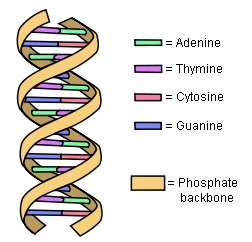
I was reminded of one of those side issues on Friday when a student asked me why the patriarchs in Genesis lived to be so old. Noah, for example, lived to be 950, according to Genesis 9:29. Given today’s lifespans, that seems pretty outrageous. How could Noah possibly have lived that long? Also, even though his descendants didn’t live as long as he did, they still lived longer than anyone today.
Noah’s son, Shem, lived to be 600 years old, according to Genesis 11:10-11. Noah’s grandson, Arphaxad, lived 438 years, according to Genesis 11:12. If you continue through Noah’s line, you will find that (on average) the later a descendant was born, the shorter life he led. Nevertheless, it takes many, many generations for the lifespans of the patriarchs to reach what we would call reasonable based on today’s standards.
Of course, one way to deal with this issue is to say that the ages of the patriarchs in Genesis are not accurate. Instead, as a kind of “hero worship,” the writer of Genesis artificially inflated the patriarchs’ ages to make them look “larger than life.” In his book, Dr. Sanford not only shows why such an explanation is probably not correct, he points out the data that indicate a decay in lifespan is exactly what you would expect given our current understanding of genetics.





